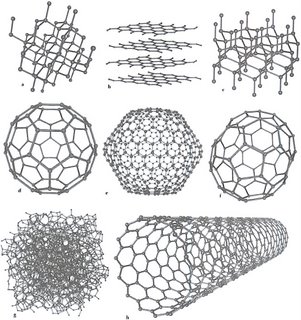"Dyson, one of the most highly-regarded scientists of his time, poignantly informed the young man that his findings into the distribution of prime numbers corresponded with the spacing and distribution of energy levels of a higher-ordered quantum state." Mathematics Problem That Remains Elusive—And Beautiful By Raymond Petersen
This picture resides at the bottom of my Blogger for a reason. It is to remind me of what was given esoterically for fermentation on what it's meaning may have in my own life. in another culture it might have been referred to as a "
Kōan." Persistence, is the key to unlocking these "time capsules." Accessibility, is the rule of thumb about "infinite regressions" under a logical format of reasoned inductive/deductive application. The modelled approach here recognized under the picture of Raphael and the school's of Athens early descendants. What place does this have for any student who has a teacher that resides in them? What will be your accomplishment in life?
 If the heart was free from the impurities of sin, and therefore lighter than the feather, then the dead person could enter the eternal afterlife
If the heart was free from the impurities of sin, and therefore lighter than the feather, then the dead person could enter the eternal afterlife
You had to know what pain and suffering is, in relation to sin. Your conscience rules you and in it there is a "voice of reason." Sets the trials and tribulations before you. And somehow our youth have detached themself from any causations as to their destinies?
If you have never considered what "truth(feather) had for meaning in historical times" how would you know what is being imparted to the youth of today? That what is now seen/felt in the world, is not recognized. Choosing "the heart" in that sense, and a scale to boot, I push forward this relation here under the auspice of "weight and measure as a paradox for examination. That such a measure in scale of those ancient times, might spark one to think about the experiment I am showing under this blog post heading.
This post has been brewing for some time, and only recently the comment made was included to help ignited some of the thoughts I have had about the "weight of something" tied to some method of sound and a gravitational inclination to the pursuances I have of inclusion to colour and sound respectively.
I think this is a nice historical consideration toward a "new culture."
I was looking for something even more natural.
No "sky hooks" but some place to which this process is tied.
A gourd of water perhaps, tied to a string and the weight of this gourd adjusted by volume, to embed in the string different tension properties and sound characterizations.
I do not mean to discredit the young scientist here by connection of this comment, but to attached to what seems relevant to me the natural appearance of a counting system, to a method of "fingerprinting" accord to a natural explanation of curvatures in space.

It looks as though primes tend to concentrate in certain curves that swoop away to the northwest and southwest, like the curve marked by the blue arrow. (The numbers on that curve are of the form x(x+1) + 41, the famous prime-generating formula discovered by Euler in 1774.) See:
Mersenne Prime: One < the Power of two
Pacal's Triangle See
See:
Blaise Pascal
Why only this one time( a numbered base not less then one ensuing from Pascal's triangle on Fibonacci) and I think to differ, that Riemann(Riemann Hypothesis) saw a unique opportunity here. To allow nature to express itself in "non-euclidean terms," that makes for the naturalness of sound to exemplify this unique quality, and an attachment to "colour of gravity" which is exhibited toward my understandings.
That I may have gone "one step further" on the basis of my "emotive, mental and spiritual search correlations. A search, with respect toward the qualities of gravity. Here it could have been made from the insight of Einsteins example of a "pretty girl and a hot stove?" That "pain" and "excitement" have different values when assigned to a relational quality close to "body home," versus, it's gravitational freedoms, and fleeting examples, that beauty, and mental states can have in "time relational values."
See:
Dialogos of Eide: A New Culture?













